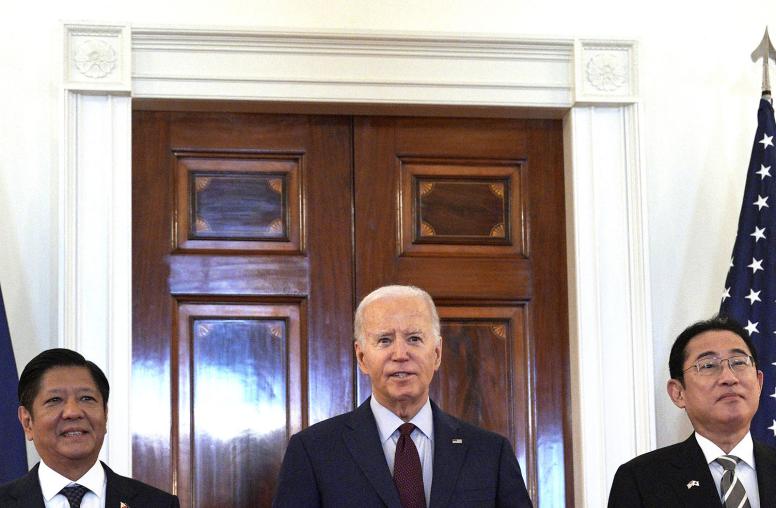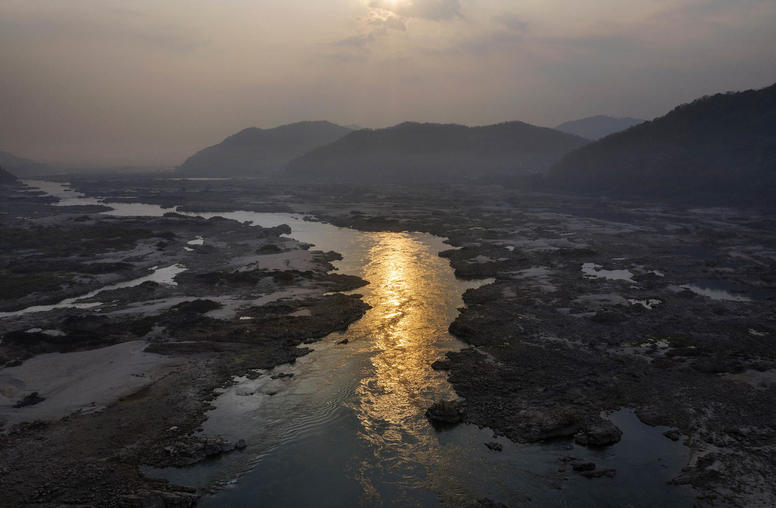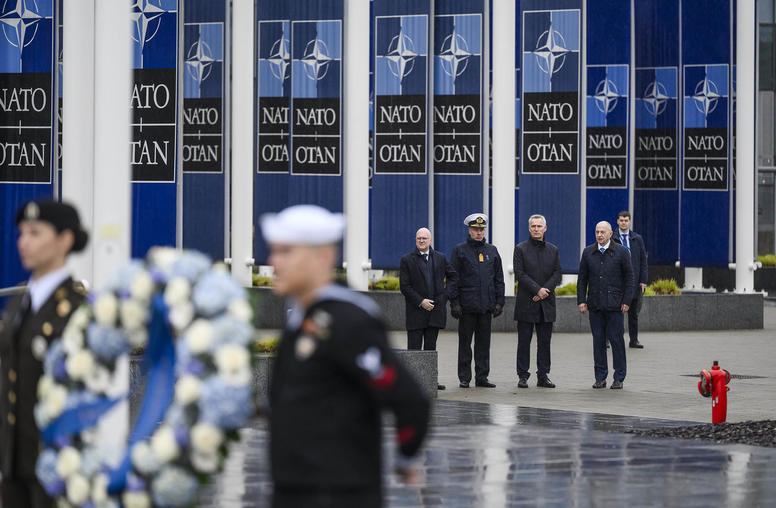China’s ‘Belt and Road’ Plan, and Three Asian Neighbors
The Promises and Perils for Pakistan, Sri Lanka and Burma
China held an international conference last month that has advanced its massive Belt and Road Initiative, which will build infrastructural, trade and other links to nearly 70 countries. In three of China’s neighbors—Pakistan, Sri Lanka and Burma—energy projects, ports, dams and other Chinese investments promise potential benefits. But they also have prompted protests connected to local political disputes or even ethnic insurgencies. On June 20, USIP held a discussion of the broad impact of Chinese investments in these three countries, whose stable evolution remains a U.S. interest.
In each of these countries, foreign investment is vital to building economies and creating jobs. But Burma suspended work in 2011 on the massive Myitsone Dam project after years of protests by ethnic Kachin people, environmental activists and others. Local residents remain displaced by the project and Burma’s government faces as much as $800 million in debts to China if it formally cancels the project.
In Sri Lanka, China’s construction of a port at Hambantota has raised protests over land conflicts and the costs of government debts to China. Pakistan sees a forthcoming $50 billion-plus in Chinese investment as a much-needed economic boost, although ethnic Baluch have raised concerns that it threatens to marginalize them in their own province.
On June 20, specialists on China, Pakistan, Sri Lanka and Burma held an exploration of how Chinese investment in these nearby states can help, or complicate, local conditions.
A recording of the event can be found on this event page.
Speakers
Moeed Yusuf
Associate Vice President, Asia Center, USIP
Priscilla Clapp
Senior Advisor, Asia Center, USIP
Nilanthi Samaranayake
Strategic Studies Analyst, CNA
Wang Lin
Research Fellow, CBN Research Institute
Journalist, China Business News
Jennifer Staats, Moderator
Director, China Program, Asia Center, USIP



